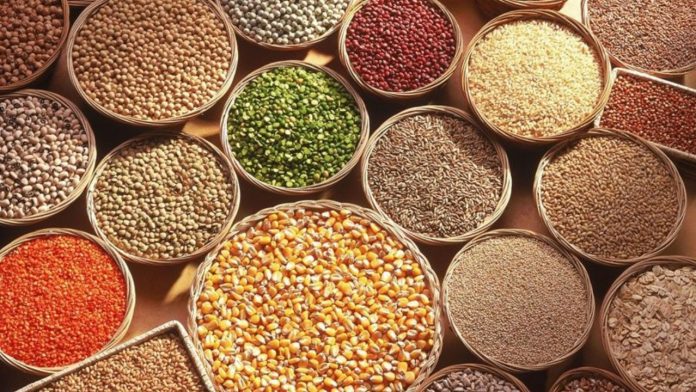Millets may be the answer to your quest for a diabetes diet that is wholesome and nourishing. The United Nations has proclaimed 2023 as the International Year of Millets at the request of the Indian government, giving the ancient superfoods of India their just due. Along with easing digestion, enhancing satiety, and fostering insulin sensitivity, they are high in fiber and have a lower glycaemic index than other grains, which helps patients with diabetes avoid blood sugar increases. Millets should be consumed in moderation, though, and should be prepared in a healthy fashion rather than by deep-frying.
Some of the top millets for controlling diabetes are listed below:
1. Kangani/Kakum millet (foxtail millet)
Foxtail millet consumption on a daily basis lowers triglycerides, cholesterol, and blood sugar in people with type 2 diabetes. Foxtail millet lowers blood sugar levels when consumed in place of wheat and rice, according to studies.
2. Jowar (Sorghum Millet)
Your blood sugar is raised gradually as opposed to suddenly. Foods high in fiber and low in the glycaemic index help with weight loss, control blood sugar, and cut cholesterol.
3. Barnyard millet (Sanva)
This millet has a low glycaemic index since it is slow to digest and low in carbohydrates. The millet’s carbs promote the production of more resistant starch. Patients with diabetes and cardiovascular disease are strongly advised to take it.
4. Finger Millet (Ragi/Nachni)
Finger millet is a grain that is rich in nutrients and adaptable. In comparison to other millets, grains, and cereals, it has greater calcium and potassium. According to research, finger millet has higher quantities of fiber, minerals, and amino acids, which lower cholesterol and blood sugar levels.
5. Pearl Millet (Bajra)
Pearl millet has a reputation for improving insulin sensitivity and reducing lipid levels. Due to its high dietary fiber content, it is also particularly effective at preventing diabetes. It releases glucose into the blood more slowly than other foods because it is digested more slowly. This significantly aids diabetics in maintaining steady blood sugar levels over an extended period of time.

 हिंदी
हिंदी






